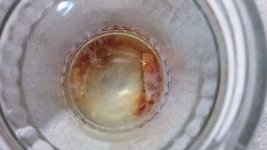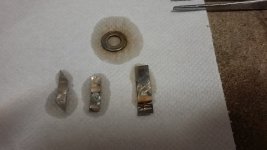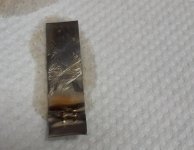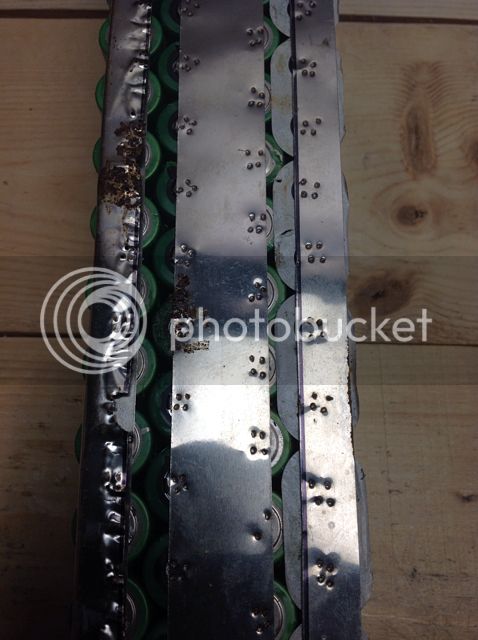kdog
10 kW
What do others do,if anything, about spot welding fumes? I'm not sure if I'm imagining it but I think I'm getting headaches from nickel fumes- maybe it's ozone?
Dnmun once posted about toxic nickel fumes but I can't find the post...I checked some med literature but there was nothing conclusive ( in my brief search) except for increased risk of lung and other cancers in professional welders.
Any other frequent spotwelderers know anything?
I'm going to chuck a small fan in close my work piece to do some extraction.
K
Dnmun once posted about toxic nickel fumes but I can't find the post...I checked some med literature but there was nothing conclusive ( in my brief search) except for increased risk of lung and other cancers in professional welders.
Any other frequent spotwelderers know anything?
I'm going to chuck a small fan in close my work piece to do some extraction.
K








